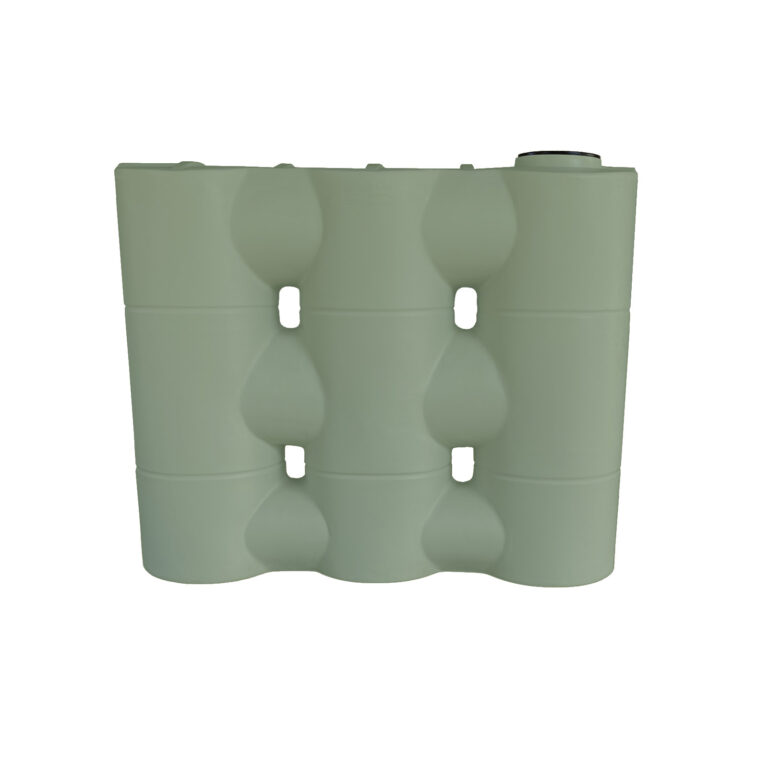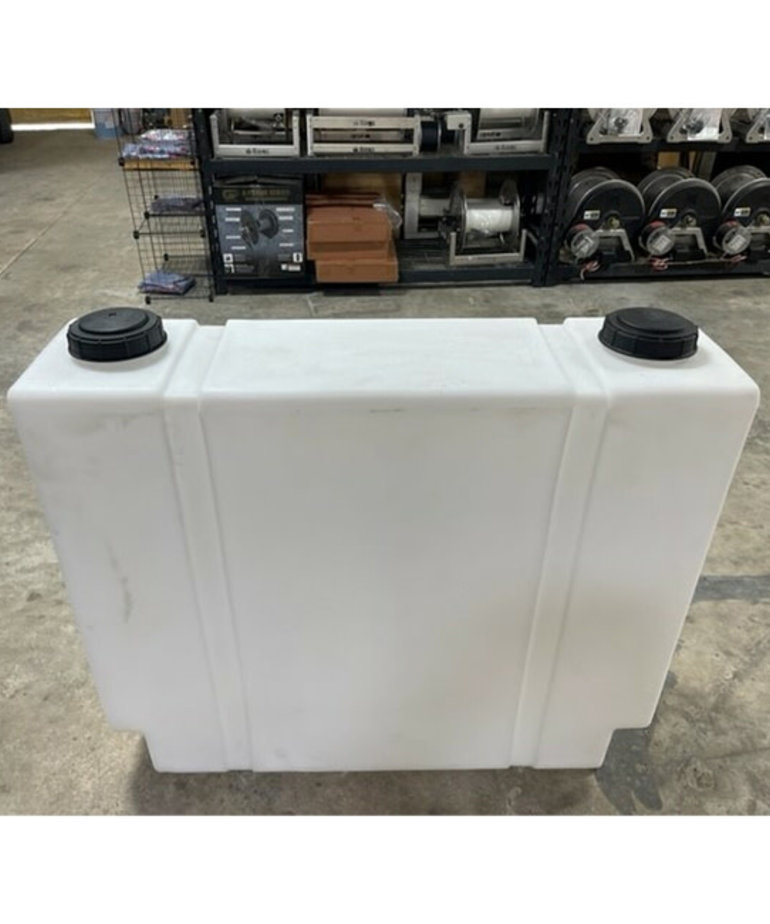Understanding the Value of Rain Containers in Drought-Prone Regions for Water Safety
In areas at risk to prolonged droughts, the duty of rainwater containers in strengthening water safety and security is a topic of expanding significance. As neighborhoods come to grips with the difficulties of water deficiency, comprehending the relevance of these storage tanks exceeds plain collection of rain. Rainwater storage tanks work as an essential tool in minimizing the impact of water scarcities by providing a sustainable source of water for different requirements. The true value of rain storage tanks extends far beyond plain storage; it incorporates resilience-building measures and the promotion of lasting water conservation strategies. This complex approach to water safety warrants a closer exam of the role rainwater storage tanks play in making certain a dependable water supply during times of dry spell.
Benefits of Rainwater Containers
Utilizing rain storage tanks supplies a lasting remedy for increasing water and enhancing water protection in domestic and commercial setups. One of the key benefits of rain containers is their capacity to minimize reliance on mains water. By catching and keeping rain that falls on rooftops, this alternate source can be used for numerous non-potable functions such as watering, flushing commodes, and washing clothes. This not just preserves treated alcohol consumption water however likewise reduces water costs for individuals.

Rainwater Harvesting Techniques
Rain collecting strategies include a range of approaches designed to successfully collect and store rainwater for various functions, adding to water conservation and sustainability. One usual technique is the installment of roof catchment systems, where rainwater is gathered from the roofing system of a structure and routed to a tank. This technique is fairly basic and cost-efficient. One more preferred strategy is using above-ground or underground storage containers to keep rain for later use. These containers are available in various sizes and materials to match different requirements and can be attached to the existing plumbing system for easy accessibility.

Furthermore, rain yards and permeable sidewalks are cutting-edge methods that entail landscaping or paving surfaces in a manner that permits rain to percolate right into the ground, renewing groundwater gets. In addition, shape farming and terracing are farming methods that assist catch rainwater and prevent dirt disintegration in uneven surface. By carrying out these varied rainwater harvesting methods, neighborhoods can boost water protection and strength in drought-prone regions while promoting lasting water monitoring techniques.
Value of Water Safety
Making certain trusted access to clean and sufficient water resources is critical for maintaining human health, economic development, and ecological wellness. Water safety and security is a crucial aspect of social resilience, especially in regions susceptible to droughts and water deficiency. Ample water security encompasses different measurements, consisting of schedule, high quality, and availability of water for residential, farming, industrial, and ecological needs.
Water safety plays a critical role in advertising public wellness by reducing the frequency of waterborne conditions and making sure cleanliness facilities. Economically, water safety is vital for agricultural performance, click here for more info industrial procedures, and overall economic development. Slimline water tanks. Water safety and security is very closely connected to environmental sustainability, as it sustains ecosystems, biodiversity, and general eco-friendly balance.
In drought-prone areas, water safety and security becomes also more important as a result of the heightened threat of water shortages. Carrying out approaches like rainwater harvesting, water recycling, and reliable water monitoring techniques can dramatically enhance water safety in these locations. By prioritizing water protection, communities can better endure the influences of climate change, populace development, and other difficulties that threaten water schedule.
Enhancing Water Resilience
With increasing global water difficulties, constructing strength in water supply has actually become an important emphasis for lasting growth initiatives. Enhancing water strength involves applying strategies to make certain water accessibility and quality in the face of transforming ecological conditions, such as droughts, floodings, and air pollution.
One secret facet of improving water durability is promoting making use of rain tanks in drought-prone areas - Slimline water tanks. Rain containers act as an effective methods of recording and storing rain for later usage, lowering dependence on scarce freshwater sources during dry periods. By including rainwater harvesting systems right into water monitoring plans, communities can boost their capacity to withstand water scarcity and maintain water safety and security

Lasting Water Conservation
Amidst intensifying water obstacles, the prudent management of water resources through sustainable preservation practices is imperative for guaranteeing long-term environmental stability and social health. Sustainable water preservation entails the efficient usage of water sources to satisfy existing needs without jeopardizing the capacity of future generations to fulfill their very own demands. By implementing approaches such as rain harvesting, greywater recycling, and water-efficient modern technologies, areas can reduce imp source water wastefulness and minimize stress on freshwater resources.
Additionally, lasting water conservation techniques contribute to ecosystem health and wellness by keeping sufficient water levels in rivers, lakes, and wetlands, supporting biodiversity, and protecting natural habitats. These methods likewise play a vital function in alleviating the impacts of environment modification by aiding to adjust to transforming precipitation patterns and water availability.

Verdict
Finally, rain storage tanks play an important duty in enhancing water safety and resilience in drought-prone areas. By using rain harvesting methods, communities can minimize their dependence on traditional water resources and advertise sustainable water preservation methods. This not only assists mitigate the effects of water scarcity throughout droughts yet also adds to long-lasting water security and resilience despite climate change challenges.